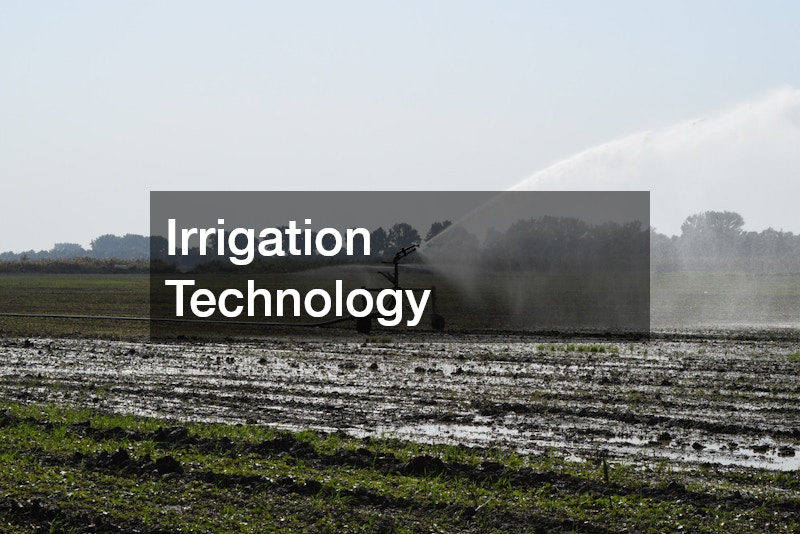In today’s fast-evolving technological landscape, the demand for specialised tools across various industries has never been greater. From construction to healthcare, technology has redefined operational processes, driving productivity and accuracy to new heights. These advancements have not only simplified tasks but also introduced unparalleled levels of precision, enabling professionals to achieve what was once deemed impossible.
Whether it’s in engineering, education, or entertainment, these tools play a crucial role in fostering collaboration, innovation, and efficiency. Understanding the significance of these technologies helps both professionals stay updated and consumers make informed choices about products and services. This article delves into the transformative impact of modern tools across industries, highlighting how they revolutionise traditional practices and fuel growth.
Let’s explore how these tools—from automating routine tasks to unlocking new frontiers in research and development—are shaping the future of innovation and redefining the boundaries of possibility.
Home Repair Tools
Maintaining a functional home is easier and more efficient than ever, thanks to modern tools designed for appliance repairs. Gone are the days of relying solely on manual tools; today’s repair professionals use advanced diagnostic equipment to address issues swiftly.
Essential Tools
Digital multimeters and circuit testers are now staples in appliance repair kits. These tools help diagnose electrical problems with precision, leveraging programmable functions and digital displays.
The rise of smart appliances has also necessitated specialised tools to troubleshoot complex systems. For example, software-based diagnostic tools are increasingly used to address issues in appliances with electronic controls. This trend highlights the intersection of technology and home maintenance, ensuring that repairs meet the demands of modern households.
Computer Repair Tools
With computers integral to personal and professional life, maintaining them is crucial. Computer repair tools have become highly specialised to address the intricate workings of modern devices.
Key Tools for Technicians
Anti-static wristbands, thermal paste, and precision screwdrivers are essential for handling sensitive components without causing damage. Diagnostic software is another indispensable tool, enabling technicians to identify and resolve operating system or hardware issues efficiently.
As technology evolves, so too does the range of tools available. Keeping up with these advancements is vital for professionals in this ever-changing field to ensure optimal device performance.
Locksmith Tools
The locksmithing industry has undergone significant evolution, integrating advanced technologies into traditional practices. While lock-picking tools remain relevant, modern locksmiths rely on sophisticated equipment to tackle today’s security challenges.
Modern Innovations
Tools such as key programming devices and electronic bypass kits have become standard in the industry. These innovations allow locksmiths to address a broad range of security solutions, from traditional locks to advanced smart systems.
With the growing prevalence of high-security doors and biometric locks, locksmiths must possess technical expertise in both mechanical and electronic systems to remain effective in their field.
Security Tools

Technology has revolutionised security, providing robust solutions for safeguarding assets and maintaining safety. From biometric systems to high-security door frames, modern security tools are essential in addressing today’s threats.
Advanced Solutions
Tools like electronic access control systems, surveillance cameras, and alarm integrations have transformed the security landscape. These systems offer comprehensive protection while providing real-time analytics for improved decision-making.
Software applications now centralise security operations, enabling seamless monitoring and automation. Such tools underscore the pivotal role of technology in ensuring safety and managing risks effectively.
Payroll Technology
Managing employee compensation and compliance is no longer the arduous task it once was, thanks to advancements in payroll technology. Automated systems have replaced manual processes, offering efficiency and accuracy for businesses of all sizes.
Streamlining Payroll
Modern payroll platforms integrate seamlessly with HR systems, simplifying payroll processing and record-keeping. Cloud-based solutions provide real-time updates and remote accessibility, making them indispensable in today’s fast-paced business environment.
The emphasis on user-friendly interfaces and automation demonstrates how payroll technology continues to evolve, meeting the needs of dynamic workplaces.
Irrigation Technology

Efficient water management is a cornerstone of modern lawn care. Advanced irrigation systems, now available to landscaping professionals, leverage smart technologies to optimise water use and conserve resources.
Innovative Tools
Moisture sensors, weather-responsive controllers, and automated sprinklers are key tools in modern irrigation systems. These technologies adjust watering schedules based on environmental conditions, ensuring sustainable and efficient lawn care.
The integration of data analytics further enhances these systems, allowing lawn care professionals to adopt environmentally responsible practices while maintaining lush landscapes.
Aerial Tools
As construction and maintenance demands grow, aerial tools have become indispensable. Modern aerial lifts, designed for both safety and efficiency, offer solutions that traditional scaffolding cannot match.
Cutting-Edge Features
Aerial lifts now come equipped with automatic stabilisation, remote control operation, and advanced safety mechanisms. These innovations reduce risks and improve functionality, ensuring high standards of performance on job sites.
GPS tracking and telemetry also aid in fleet management, enabling predictive maintenance and enhancing equipment longevity. The advancements in aerial tools demonstrate how technology can improve both safety and productivity.
Camera Technology
The integration of camera technology across industries, especially in automotive and security sectors, has delivered groundbreaking benefits. For instance, rear-view cameras in vehicles have significantly improved safety and navigation.
Technological Advancements
Modern cameras offer features such as wireless connectivity, high-resolution imaging, and night vision. In automotive settings, wide-angle lenses and dynamic guidelines help reduce blind spots and ensure precise manoeuvring.
As technology continues to evolve, the applications of camera systems expand, making them a vital component in safety and operational efficiency.
Agricultural Tools
With global food demand rising, agriculture has embraced technology to improve productivity and sustainability. Farmers now have access to tools that combine precision with efficiency, enabling better resource management.
Revolutionising Farming
GPS-guided tractors, automated planting systems, and precision irrigation tools are transforming the industry. These technologies help farmers maximise crop yields while minimising waste.
Drone technology is also emerging as a game-changer, offering data for decision-making and crop management. By adopting these innovations, the agricultural sector is paving the way for a more sustainable future.
Air Technology
Air compression technology has seen remarkable advancements, particularly in construction and industrial applications. Contractors now rely on state-of-the-art air compressors to deliver efficient and high-performing solutions.
Key Developments
Modern compressors feature variable-speed drives and digital controls, allowing for precise operation and energy efficiency. The integration of IoT devices has further enhanced system monitoring, enabling proactive maintenance and optimising performance.
These innovations highlight the importance of technology in meeting industry demands, ensuring reliability and cost-effectiveness in diverse applications.
Conclusion
The innovations in technical tools have transformed operations across industries, from home repair to agriculture and construction. These tools not only improve service quality but also drive efficiency, accuracy, and sustainability.
Staying updated with the latest tools is essential for professionals to remain competitive and meet the evolving expectations of consumers. As technology continues to advance, these tools will shape the future, pushing the boundaries of what is possible in every field.
By embracing these innovations, industries can achieve greater success and contribute to a more sustainable and technologically driven world.
